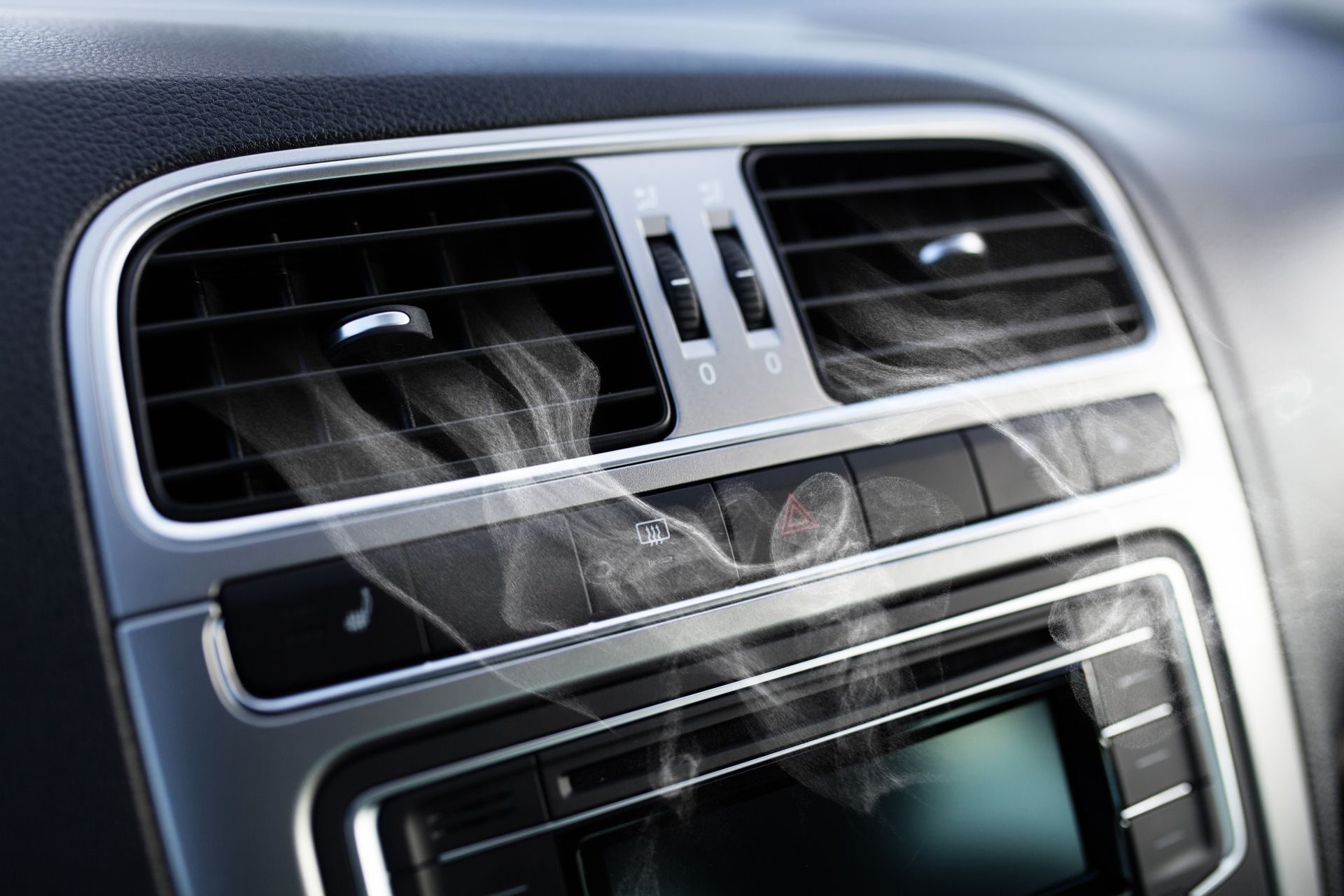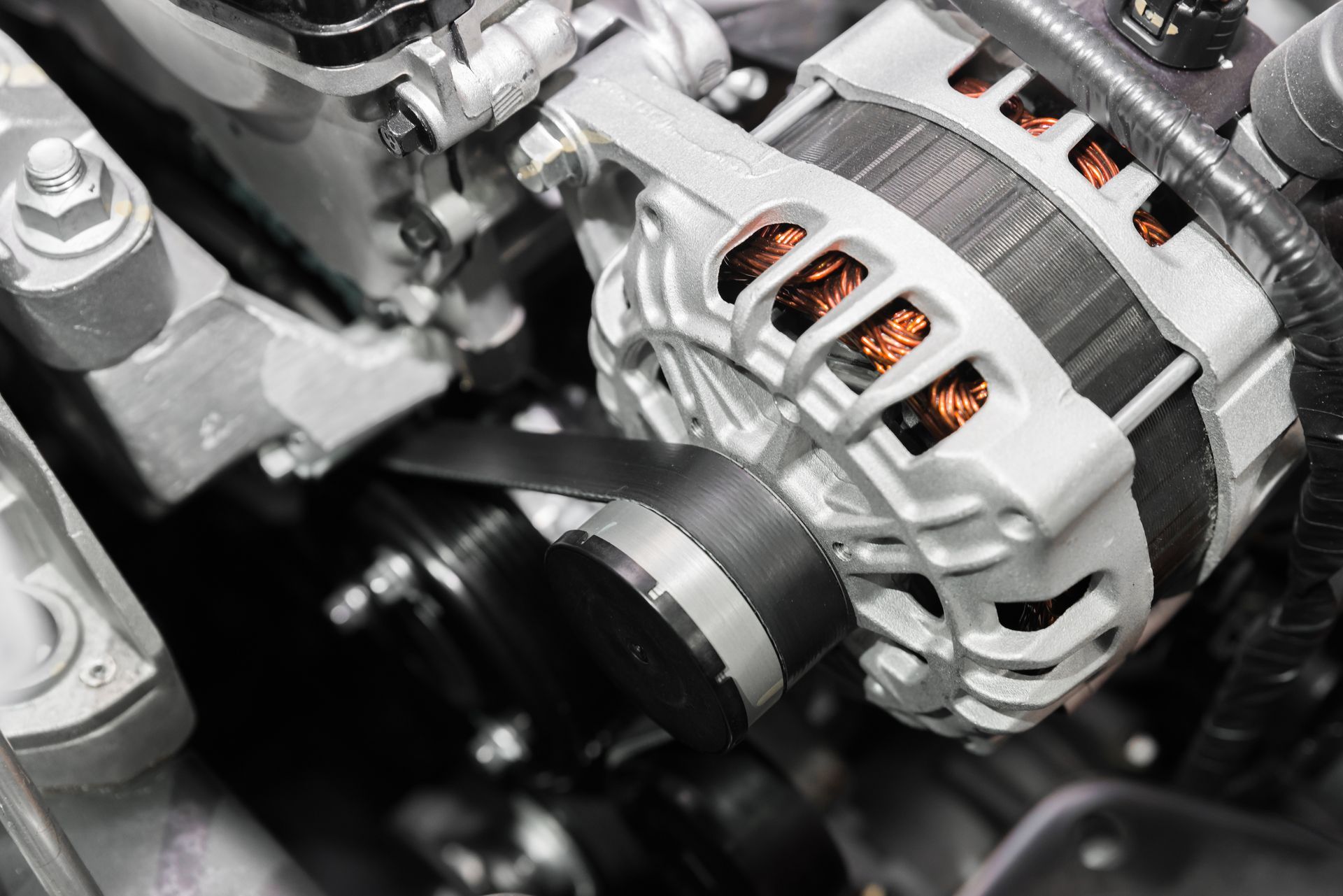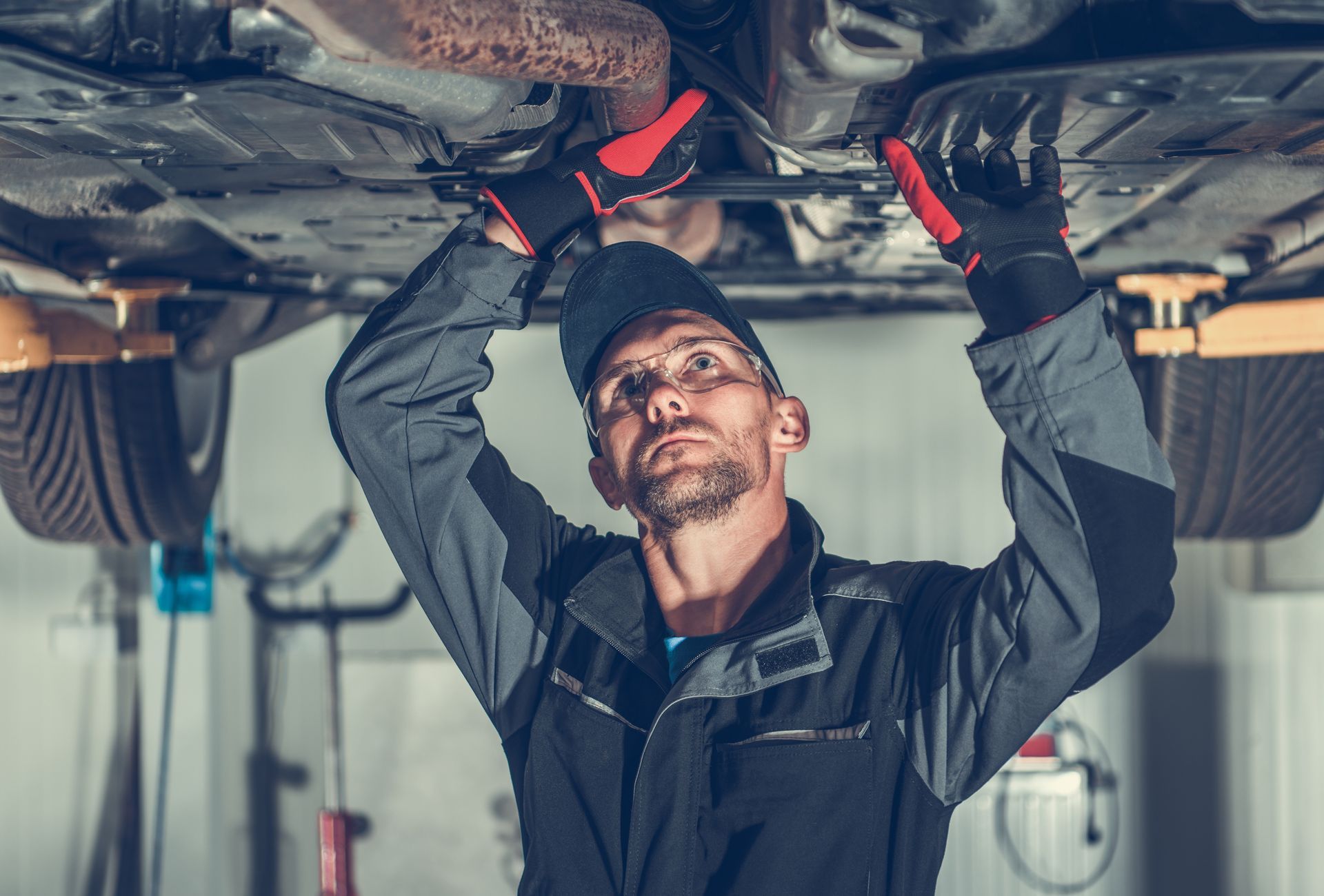How To Avoid The Most Common Causes Of Body and Paint Damage
How To Avoid The Most Common Causes Of Body and Paint Damage
Protecting your car's body and paint from damage not only maintains its aesthetic appeal but also preserves its value and, in some cases, structural integrity. But what are the common culprits of body and paint damage, and how can you avoid them?
How To Avoid Common Causes of Body Damage
Body damage to your car can range from minor dings to significant dents. One key to avoiding such damage is mindful driving. Keep a safe distance from other vehicles to prevent stone chips or dents from flying debris. Additionally, be cautious in areas with high pedestrian traffic; sometimes, a small bump can lead to scratches or dents.
How To Avoid Common Causes of Paint Damage
To keep your paint in pristine condition, regularly wash and wax your car to protect it from the elements. Be aware of environmental hazards like bird droppings and tree sap, which can cause paint to corrode if not cleaned promptly. Additionally, parking in a garage or using a car cover can shield your paint from sun damage and weather-related wear.
Why Parking Is The Number One Cause Of Paint and Body Damage
Believe it or not, parking is the number one reason behind body and paint damage. Tight parking spots can lead to scrapes and scratches from neighboring cars. Your vehicle is vulnerable to door dings and bumper scuffs even in more spacious areas.
|Here is a simple step-by-step guide on how to park like a pro:
- Opt for a parking space that's large enough for your vehicle. Avoid spots next to large vehicles or those parked haphazardly, as they're more likely to cause door dings.
- If your car is equipped with parking sensors or a rear-view camera, use them to gauge distance and avoid obstacles. These tools are especially helpful in tight spaces.
- Drive slowly in parking lots and be on the lookout for pedestrians, shopping carts, and other vehicles. Use indicators when taking a spot so others are aware of your intentions.
- When angle parking, slow down and turn into the space smoothly, keeping an eye on the lines to stay centered in the spot.
- If your car has foldable side mirrors, use this feature in tight parking spots to reduce the risk of them being clipped.
- Ensure there's enough space to open your doors without hitting the vehicle next to you. If you're in a particularly tight spot, consider exiting and entering your car through a passenger door.
Questions and Answers
|How often should I wash my car to prevent paint damage?
It is recommended to remove contaminants that can damage the paint at least every two weeks.
|Can waxing my car help prevent paint damage?
Yes, waxing forms a protective layer over the paint, shielding it from environmental elements.
|Is it worth investing in parking sensors for my car?
Parking sensors can be a valuable investment to help you park more safely, thereby preventing potential body damage.
Looking for professionals to handle your paint and body damage repairs? Contact In Stock Auto Outlet and Collision - our team will be more than happy to help!









